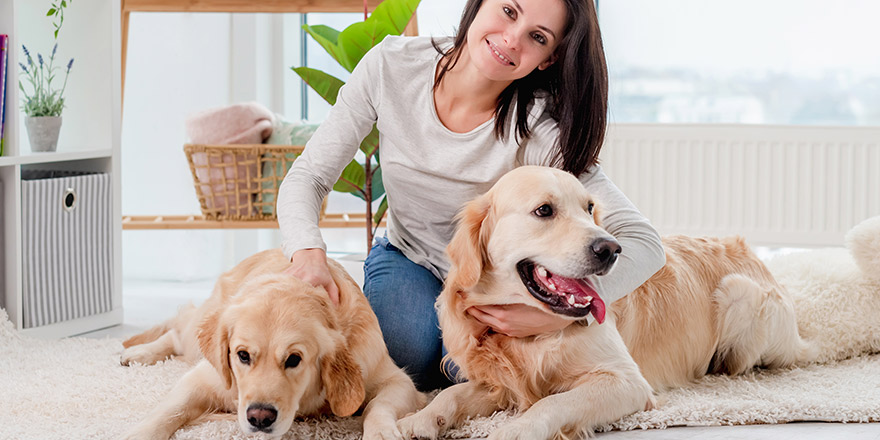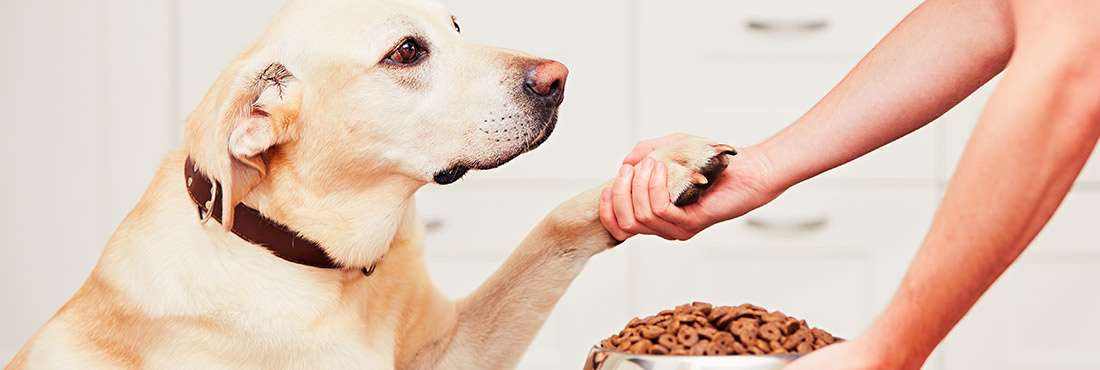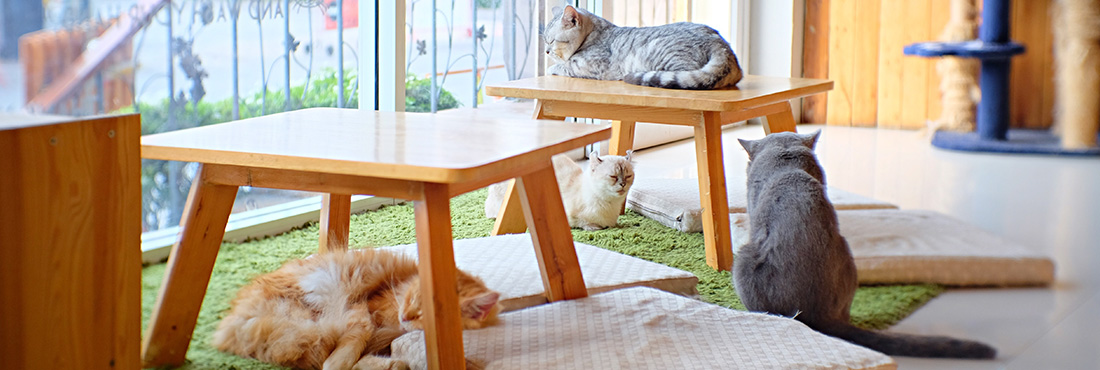The US Food and Drugs Administration (FDA) issues guidance to the public on how they can reduce risks to health and keep themselves safe. One set of guidance talks about the risks presented by pet food and treats. These products can contain harmful pathogens, including salmonella and listeria. In addition, the guidance has tips on buying, storing, and preparing pet food. It is common sense and includes washing pet bowls in very hot water and throwing out spoiled food.
However, a new study led by Dr. Emily Luisana of North Carolina State University in Raleigh has found that most dog owners are unaware that this guidance even exists and do not follow it. Dr. Luisana presents her findings in the open-access journal PLOS ONE, and it is reported on the science website phys.org.
Pet food dishes are a potential infection source for humans and the pets themselves. This is of particular concern if you have a compromised immune system, perhaps because of another disease or some treatment that you are receiving. Many people consider dog food a sterile and harmless substance, but that is not the case. There have been many examples of pet food being contaminated with dangerous pathogens. Also, outbreaks of disease in dogs have been traced back to contaminated food batches.

The FDA guidance, last updated in 2019, is short and brief. There is little information given but it is clear. Until now, no one knew if the guidance had any impact on public health. So, the North Carolina State University team surveyed 417 dog owners who were asked if they knew about the guidance and if they followed it.
The results are worrying. Less than 5% of the survey participants knew about the guidance. Also, there seemed to be a lack of hygiene for dog food preparation. Only a third of people wash their hands after feeding their dog. Also, only two-thirds prepared the dog food on a separate surface to that used for human food! This represents a major route for cross-contamination, but it is not included in current FDA guidance.
The researchers tested dog food dishes from 68 households to support these findings. Then, in a controlled experiment, they randomly assigned families to groups that were asked to follow different hygiene protocols for one week.
The findings are very encouraging. In those households where either the FDA’s pet food handling guidelines or the FDA’s human food guidelines were followed, the bacterial contamination of the dog food bowls was significantly lower. However, this is just the start of research in this area. The study will need to be repeated on a larger group to get meaningful results and identify the best hygiene advice to give to pet owners.
The study has yielded some useful recommendations on reducing microbial contamination in pet food dishes. These will be useful for vets and pet food sellers and manufacturers and dog owners. One recommendation is to provide written hygiene advice with pet food products. As the researchers put it, “Most pet owners are unaware that pet food bowls can be a hidden source of bacteria in the household. Knowing how to mitigate this risk and practice proper pet food storage and hygiene may make for a happier, healthier household.”







